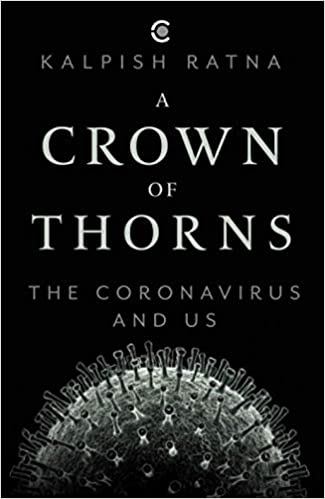The Covid-19 global pandemic has changed the way of life for one and all across the planet, and the battle against the virus is still ongoing. Many books about Covid-19 have been published since the virus first emerged in Wuhan, China, addressing various aspects of it. To help in developing an understanding about the same, surgeons Ishrat Syed and Kalpana Swaminathan, who write together as KalpishRatna, draw on their studies of pandemics to take a long view of Covid-19. Having previously written books that address virology and illness like The Secret Life of Zika Virus (2017) that examined the emergence of the Congenital Zika Syndrome, and Synapse (2019) that dealt with breakthroughs in neuroscience, the surgeons aim to explore the relationship between the novel coronavirus and humans through this book.
The world has faced pandemics throughout human history. In the recent past, with the SARS (Severe Acute Respiratory Syndrome) outbreak in 2003, and the MERS (Middle East Respiratory Syndrome) outbreak in 2012, it was only a matter of time that another big global catastrophe occurred in the form of a widespread calamity. Both of these communicable infections were caused by developing strains of coronavirus. However, it is now known that it is the SARS-Co V2 virus variant that is the strain that causes the illness commonly referred to as Covid-19. According to the authors of this book, it is proving to be a crown of thorns for all of us.
As per the research posited in the Crown of Thorns, there are various strains of the coronavirus in existence for the past four decades. These develop into new illnesses and can even be the cause of the common cold that one regularly faces. Unfortunately, there is no vaccination against either the common cold or Covid-19 at the moment. So, how does one deal with this contagion? The answer to this question is explored in detail in the book by turning away from the big data and numbers that are available regarding the spread of Covid-19 and the havoc it is causing across the world to the individuals that are affected by it. The authors of the book firmly believe that it is possible to deal with this virus by understanding how and in what ways it affects each person.

